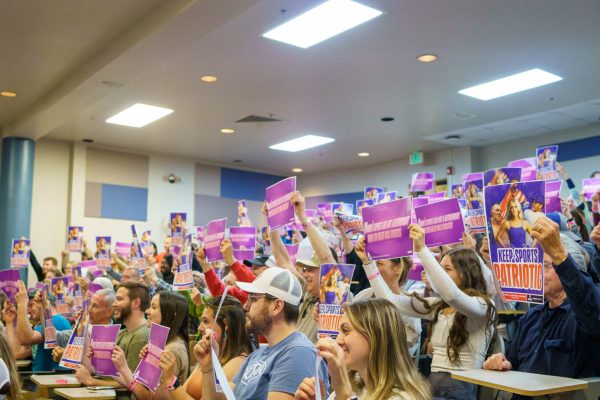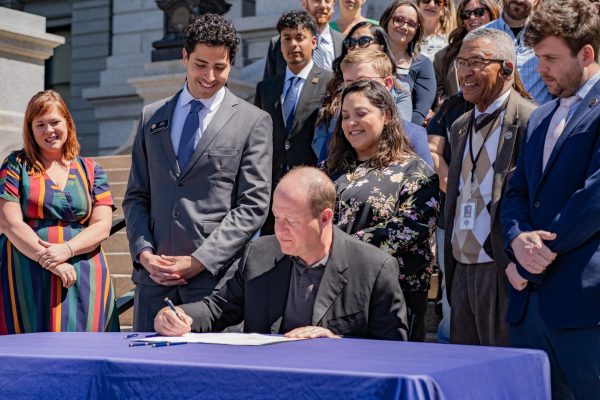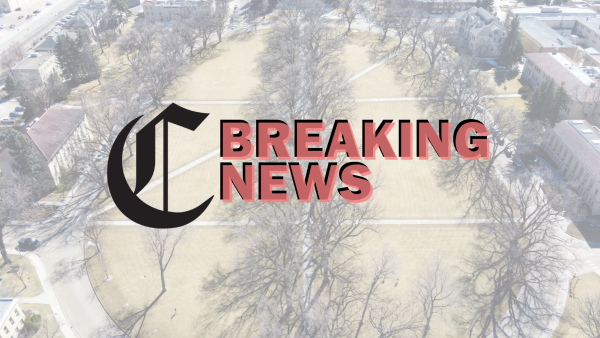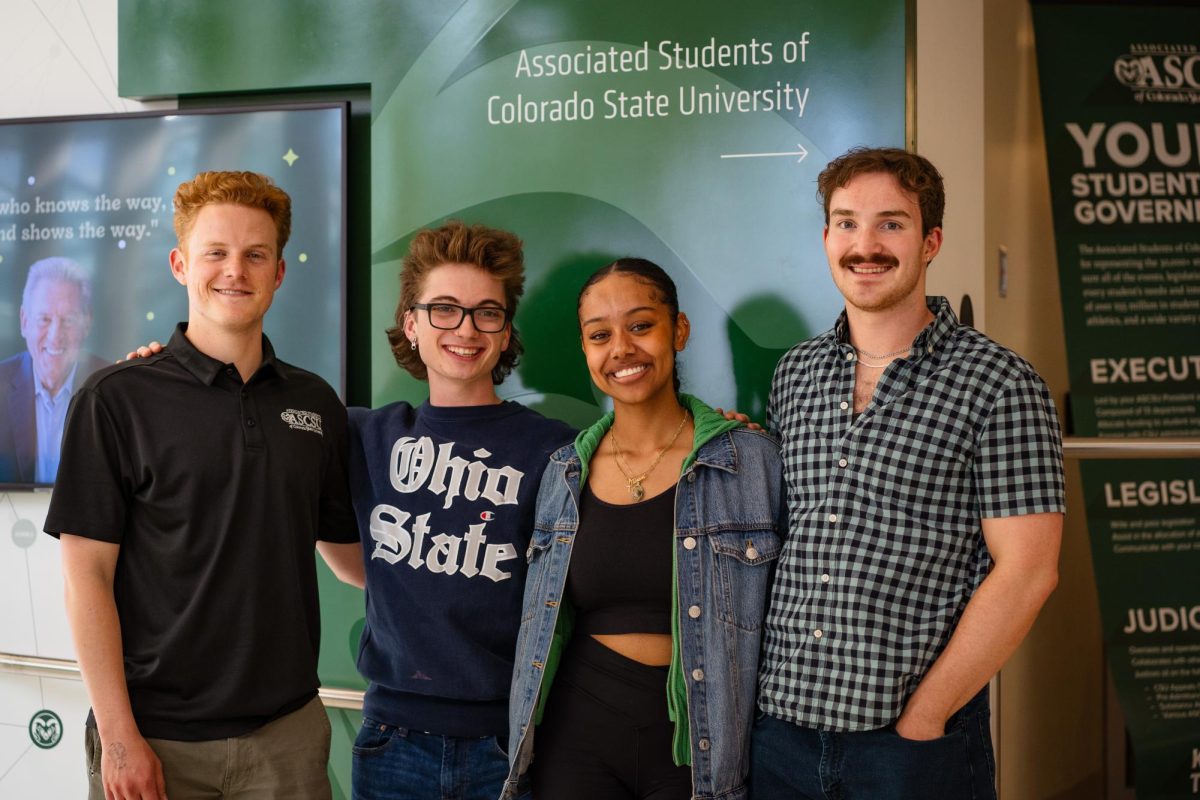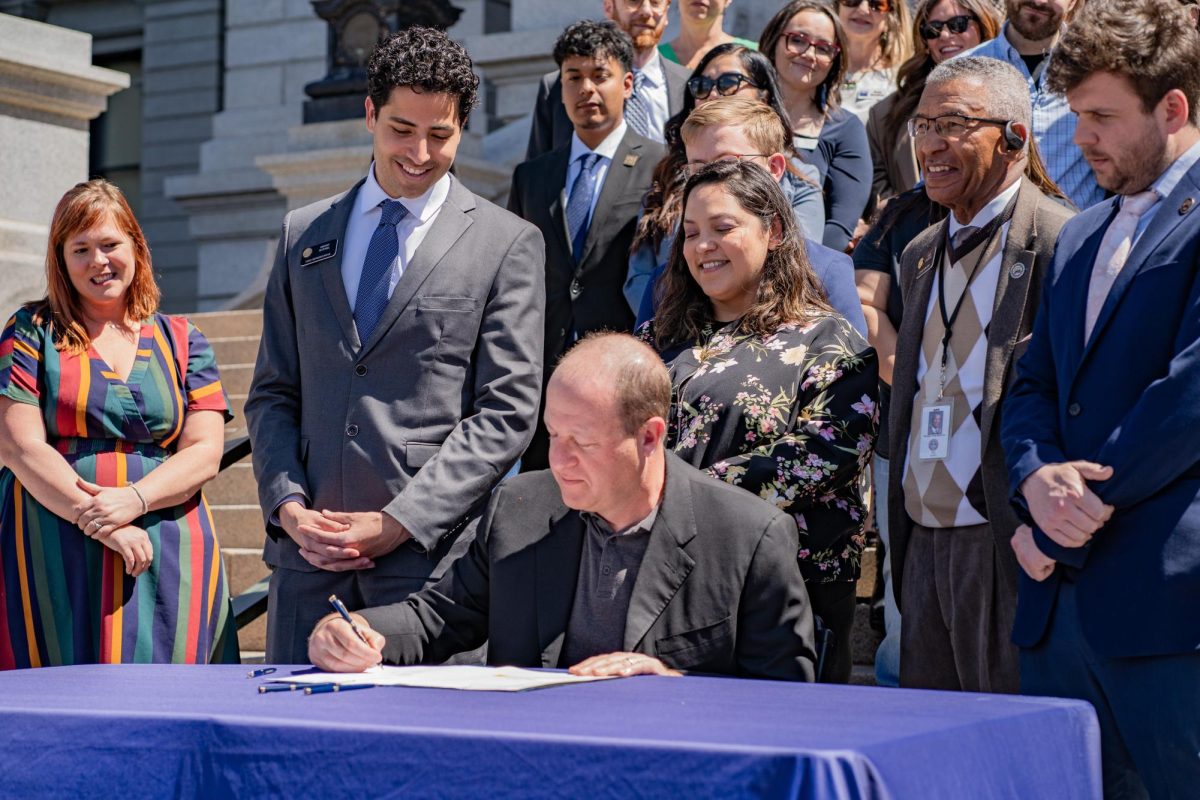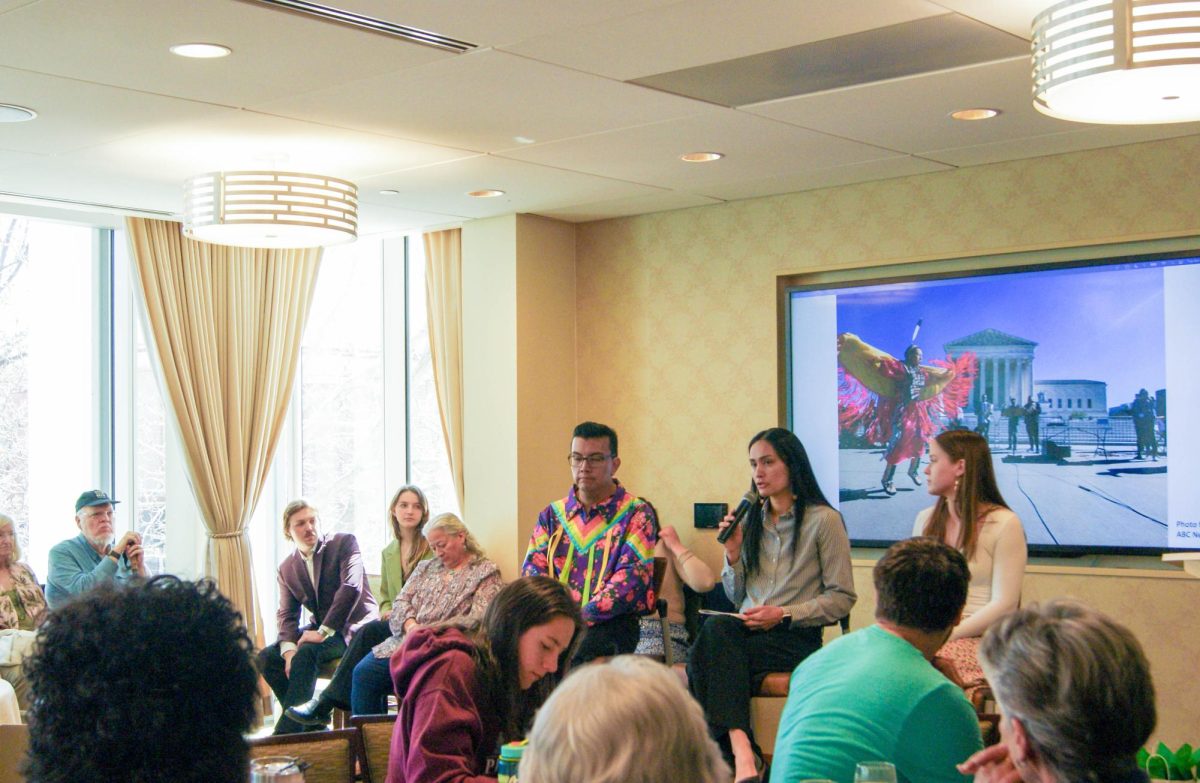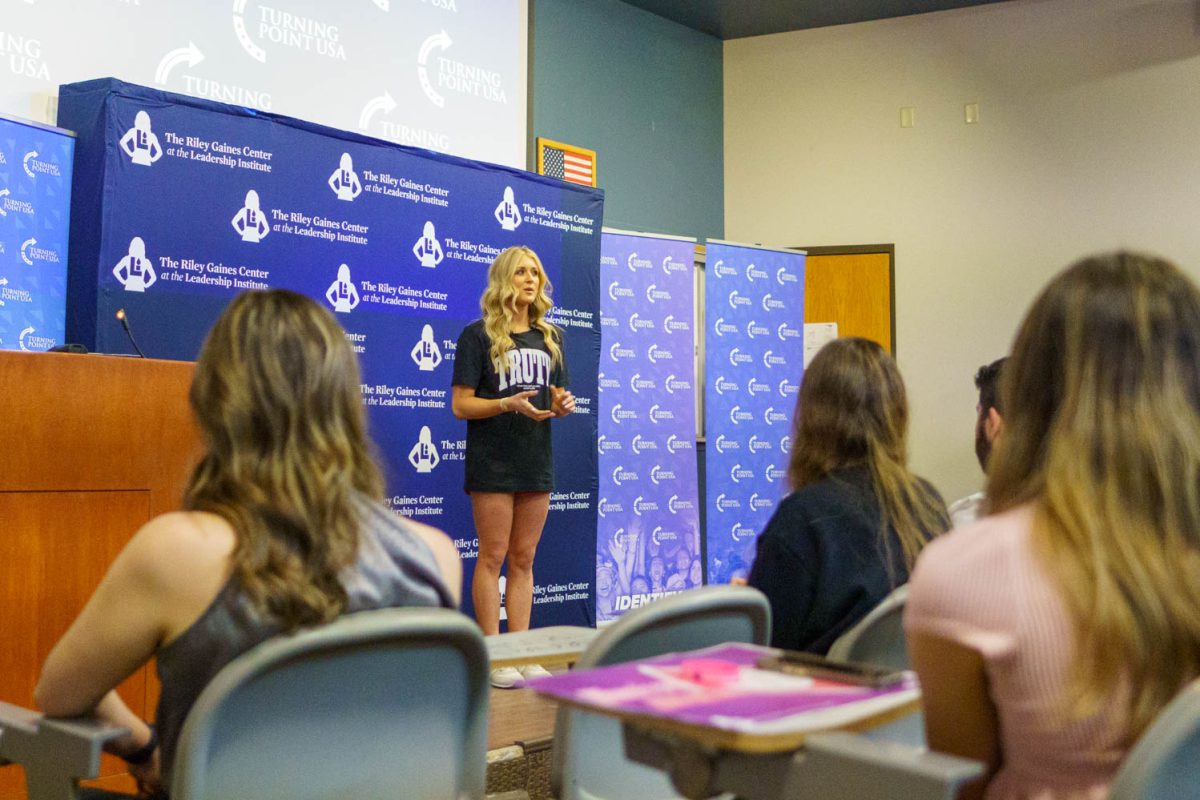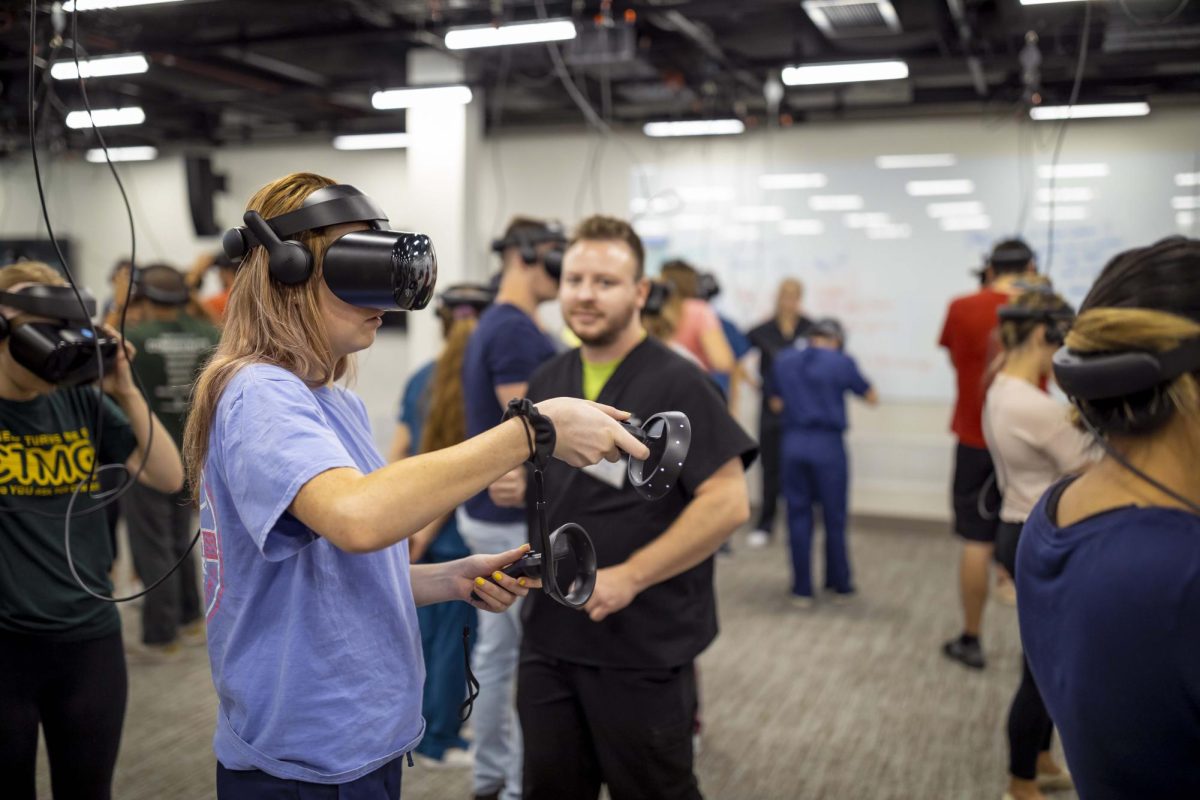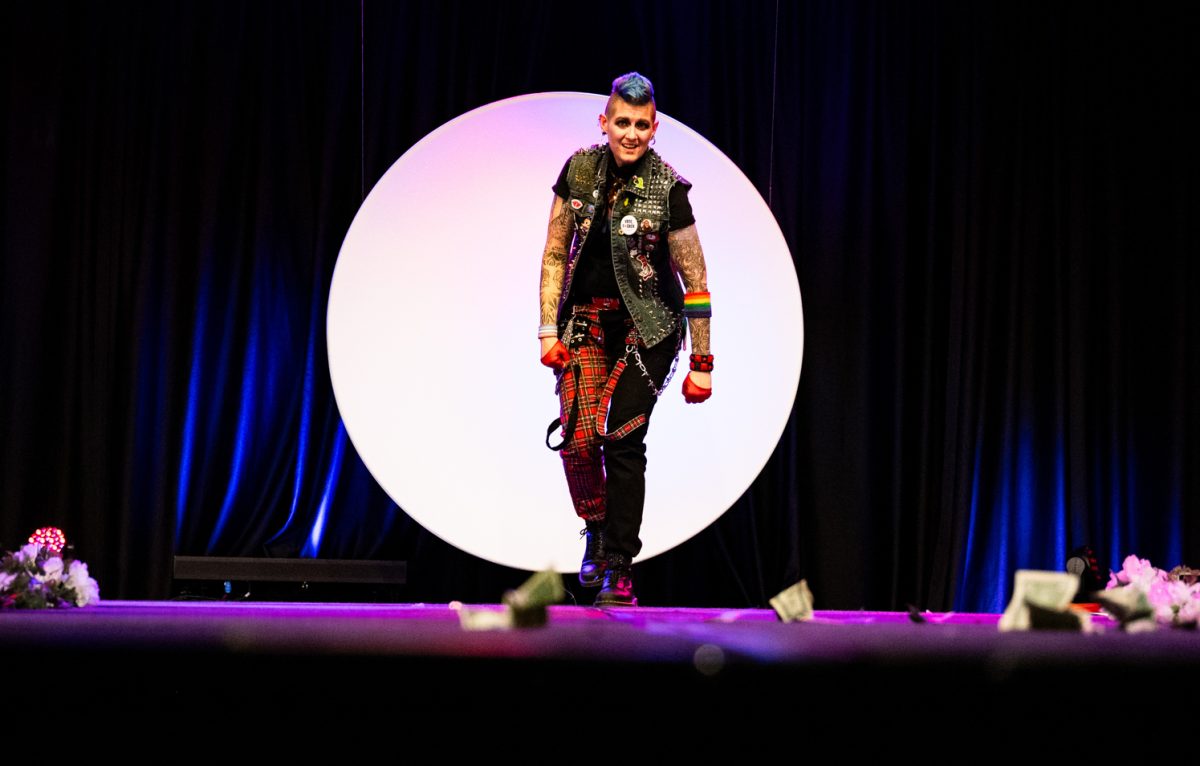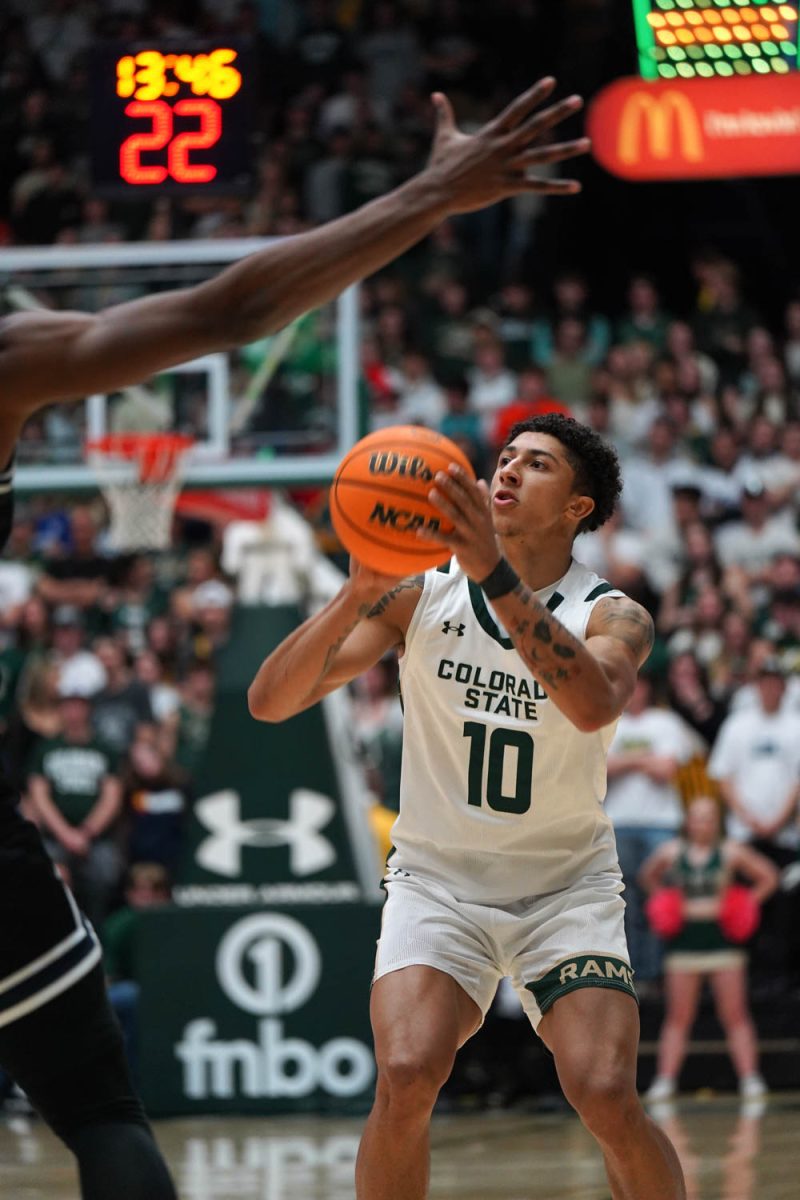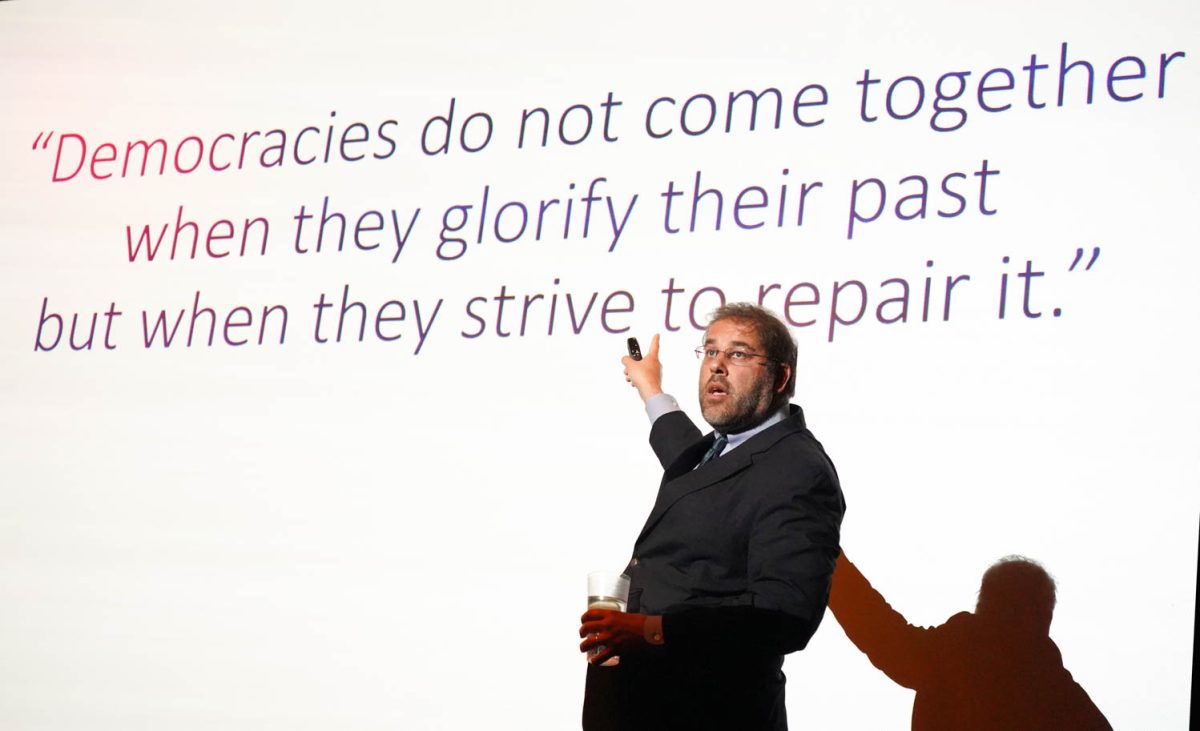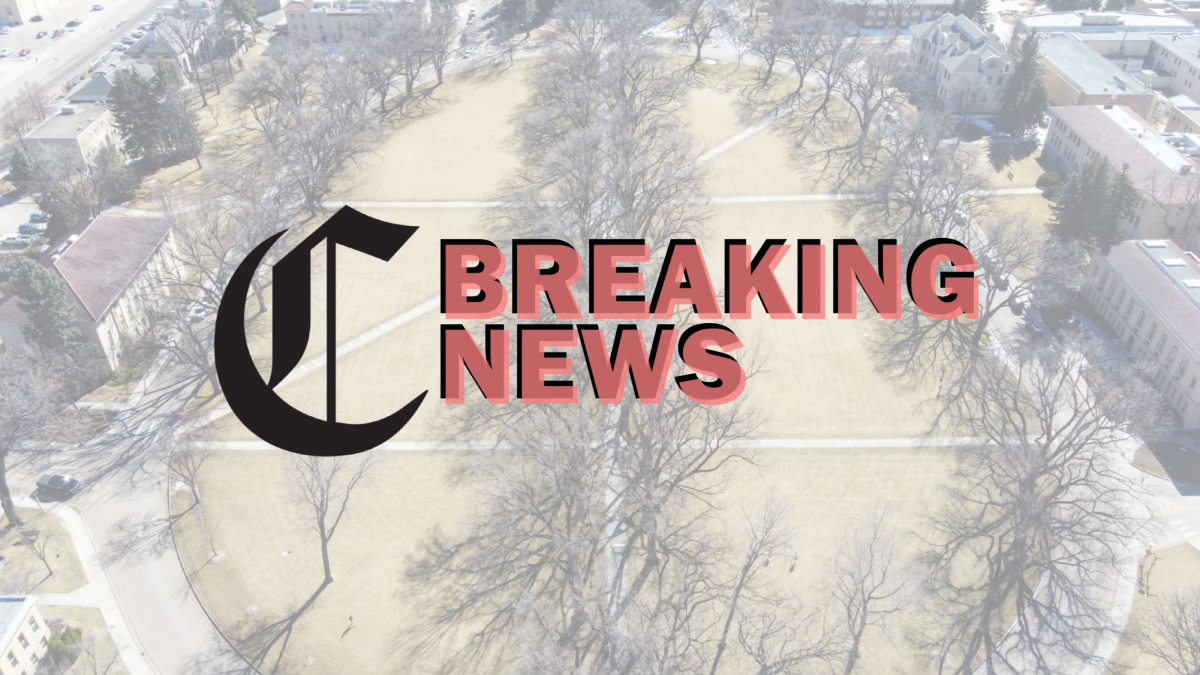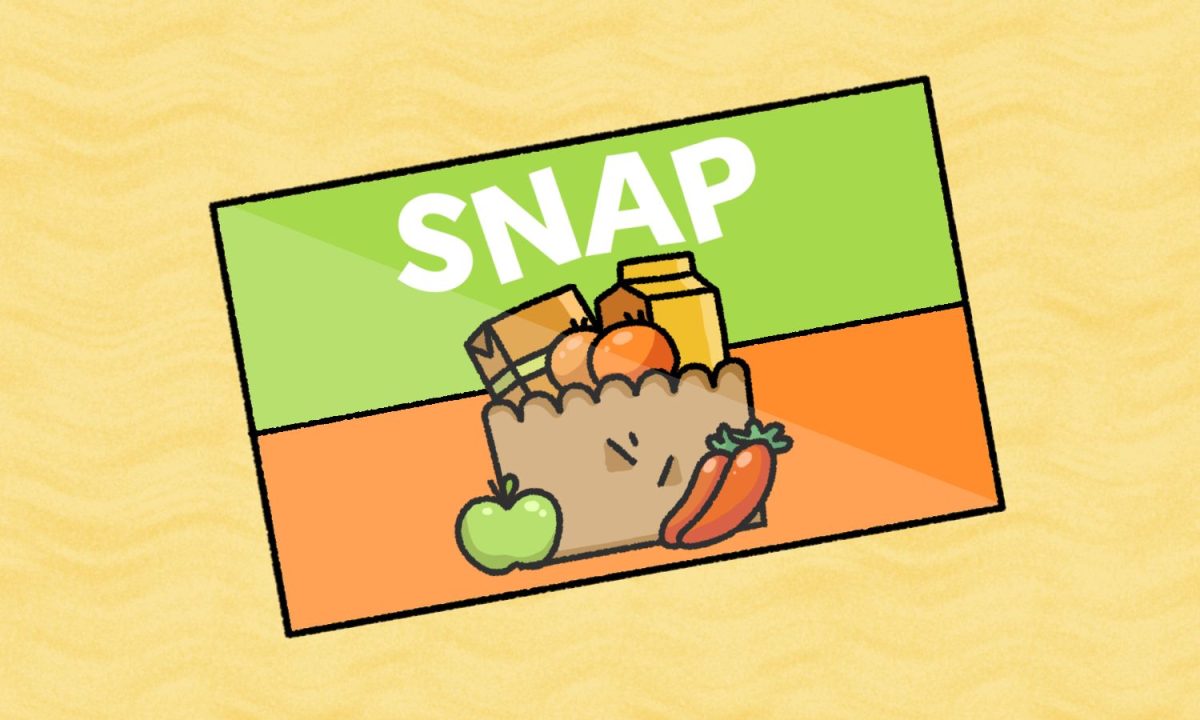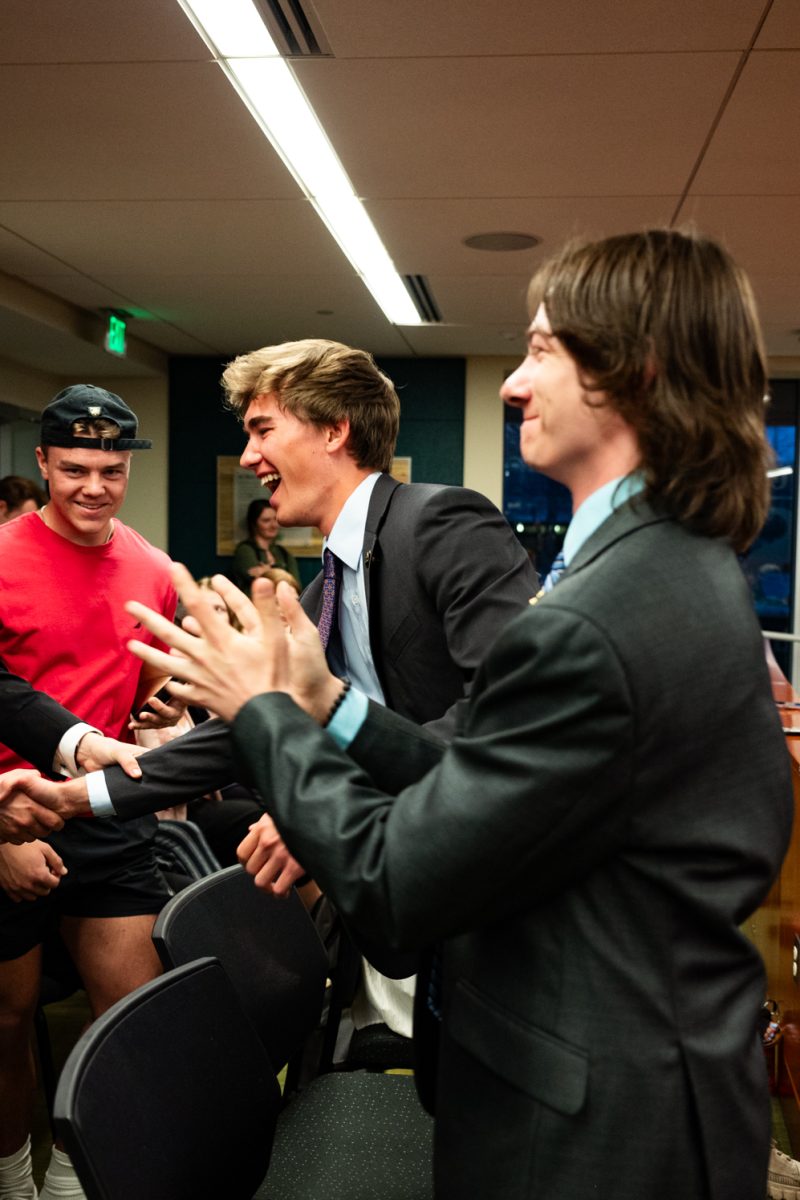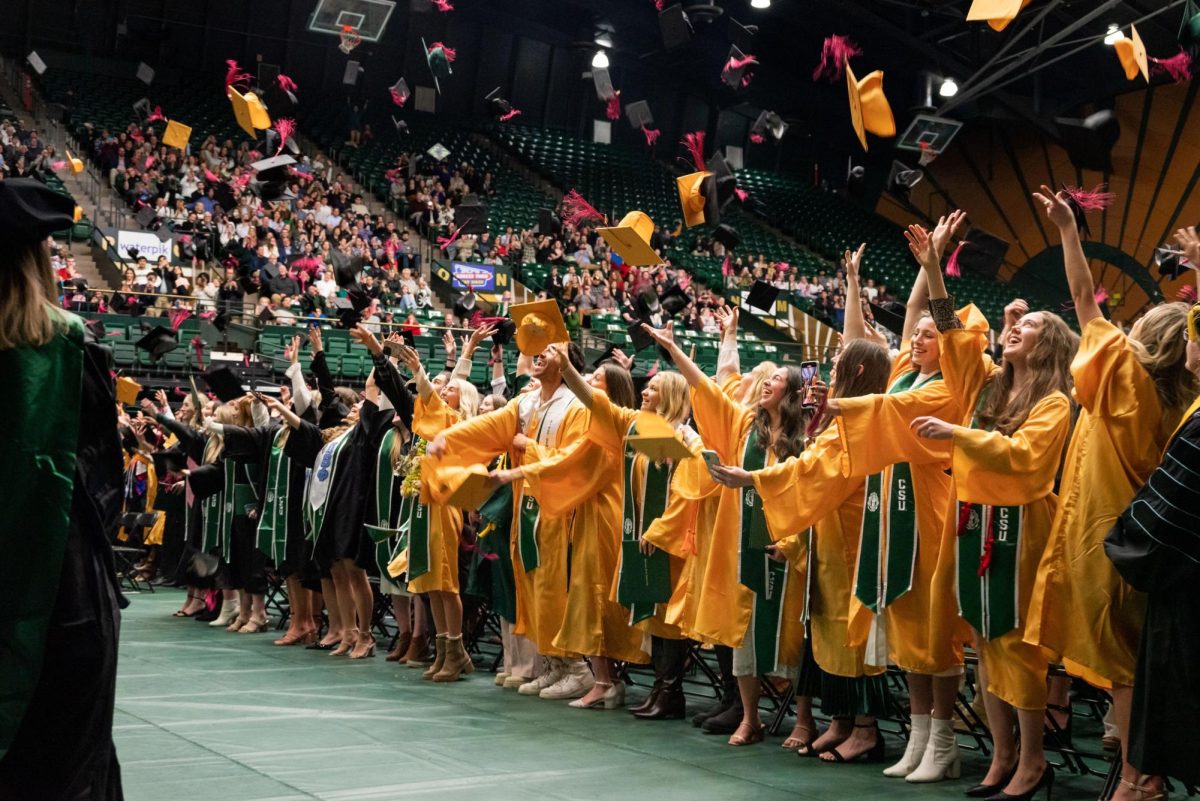
Labs, classes, clubs and events at Colorado State University can last hours after the sun sets, leaving campus community members to walk to their destinations alone after dark.
The SafeWalk program was established in 1993 with the goal to provide students with a safer option for traveling on campus, and has continued to provide its services since. Last year SafeWalk was used on 523 occasions, and this year that number has increased to 604 occasions thus far, Chief Scott Harris wrote in a statement to The Collegian.
Ad
“SafeWalk was established … to provide a service to the community in assisting students, faculty or staff a safe option of reaching their destination during the hours of darkness,” Harris wrote.
While the program intends to bring their services to all campus community members, students use it most often. Specifically, freshmen are the largest demographic.
Campus Service Officer Alex Smith said he thinks this is likely because they are typically unfamiliar with the campus.
We love that people are interested in it, and we want it to be used. It’s just a program out there for everybody.” Corporal Dustin Vanzant
“If you’re newer to campus and you don’t quite have all the knowledge of where everything is, you might be a little more hesitant to venture out,” Smith said. “Whereas professors have been here a long time and they kind of know where they’re going, so they don’t have the same concerns someone newer might have.”
Corporal Dustin Vanzant said he thinks this may be related to the community thinking SafeWalk is specifically for students.
“It’s kind of perceived as this thing for incoming freshman … so I think it’s kind of related to perception,” Vanzant said.
Regardless, the officers try to pick the safest route for whoever utilizes the service, Smith said.
A trip begins with a person making a request by calling the SafeWalk phone number, giving their name, location, destination and a description of their appearance so as to help the officers identify them, Harris wrote.
SafeWalk Phone number: (970) 491-1155
Once CSOs arrive at the location, they then select either the user’s preferred route or the safest and fastest possible route. From there, officers walk the user to their destination.
Ad
Smith said the officers have an approximate radius of three blocks outside of the campus but will make exceptions as necessary.
Smith said two officers are on duty between 7 p.m. to 1 a.m. in the summer and 6 p.m. to 1 a.m. during the school year.
SafeWalk sees spikes in requests depending on several factors, though they tend to see more calls during the fall semester than the spring, Vanzant said.
“We do notice that anytime there’s an incident, whether locally, on campus or even in the nation, (the number of calls) really spikes,” Vanzant said.
As far as their goals for the future, Vanzant said the SafeWalk program is currently working with a team from one of the upper-level computer science classes to create an app which will carry out the dispatching process.
Vanzant said the department is struggling to carry out this change.
“To be able to create an app to integrate with our dispatch system is the biggest hurdle we have,” Vanzant said.
In addition, Vanzant and Smith said they hope to see more people, including faculty and staff, utilize the SafeWalk service.
“We love that people are interested in it, and we want it to be used,” Vanzant said. “It’s just a program out there for everybody.”
Collegian reporter Audrey Weiss can be reached at news@collegian.com and on Twitter @audkward


